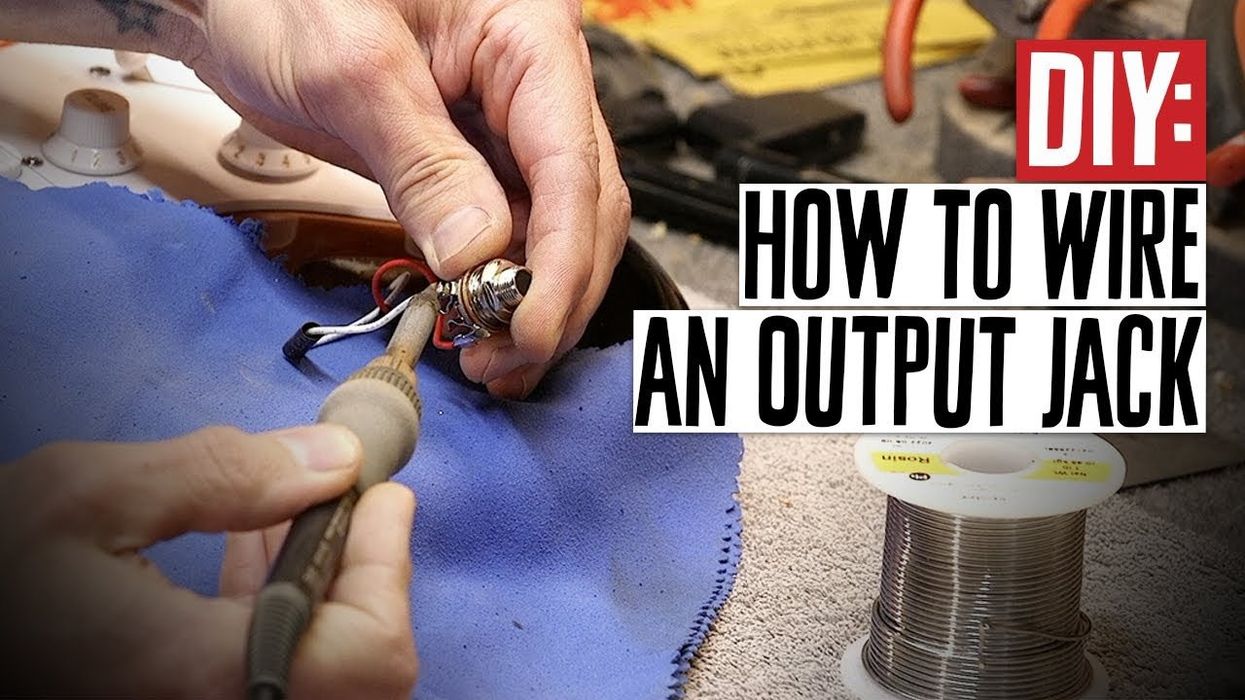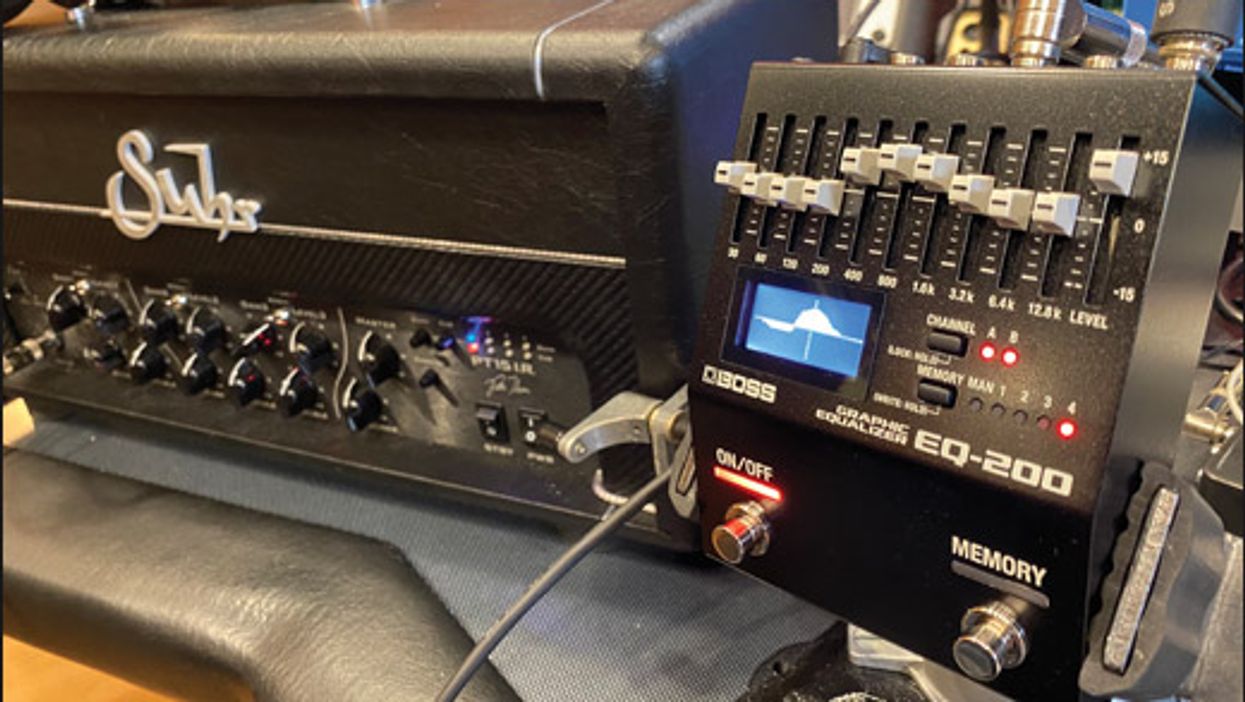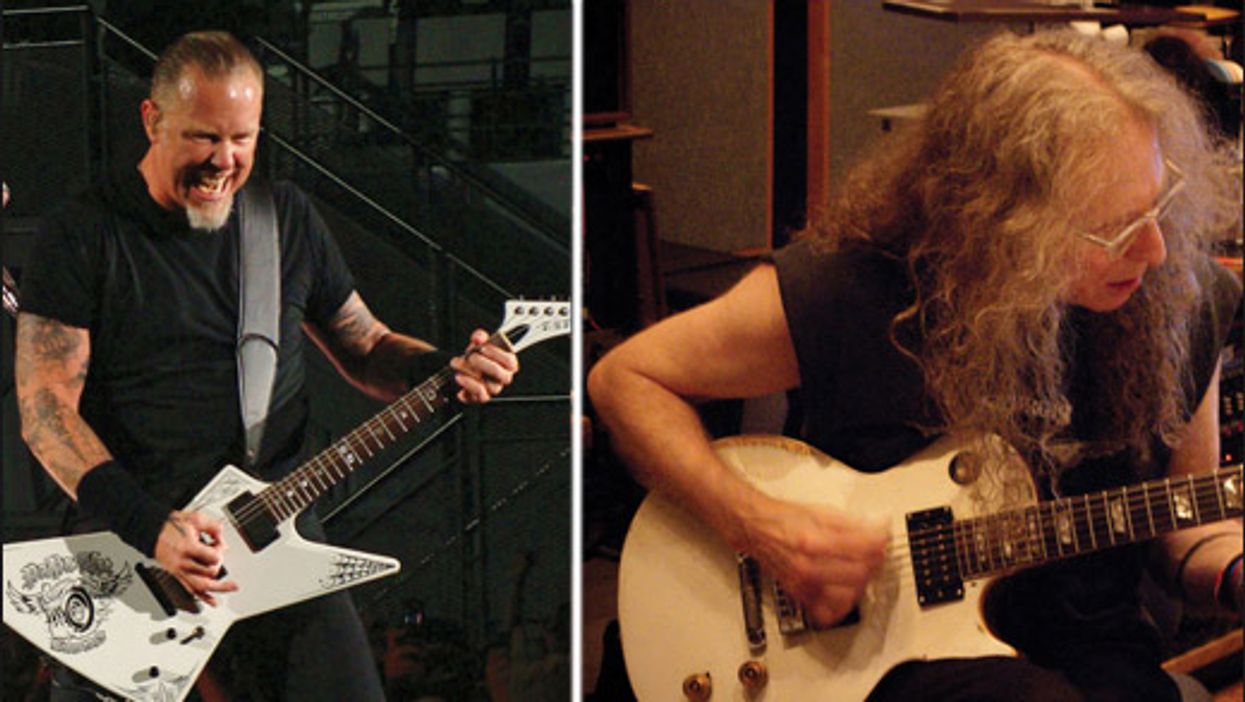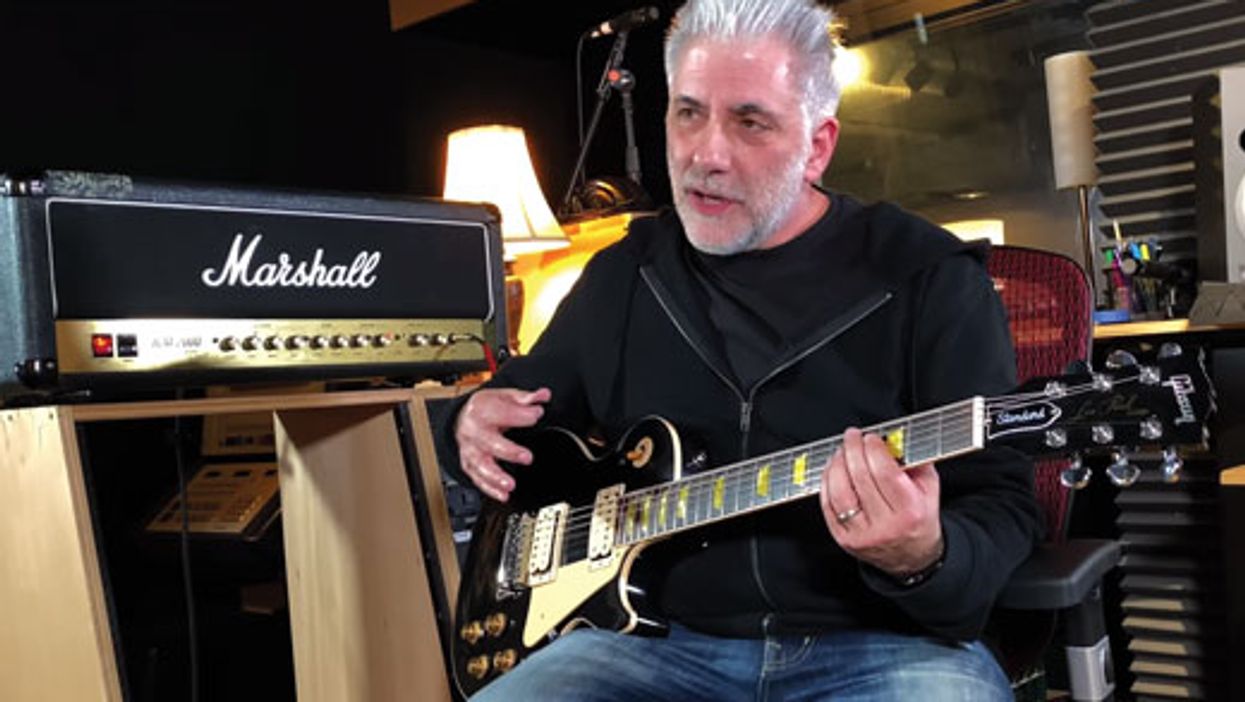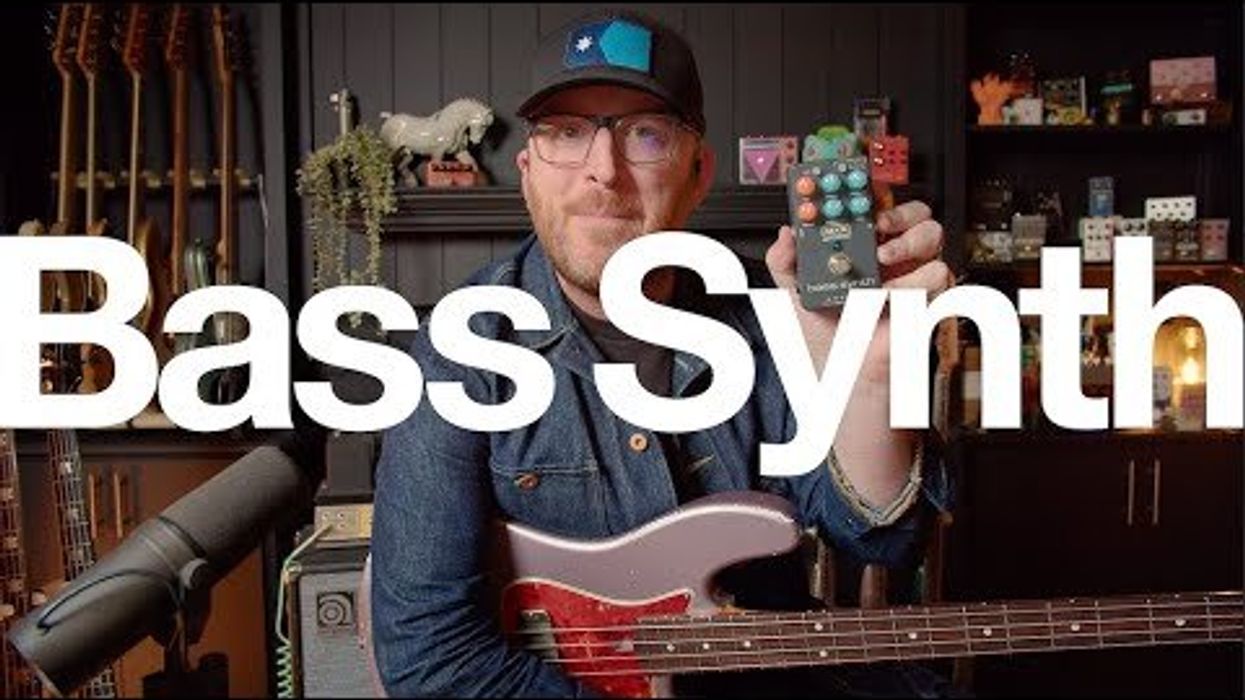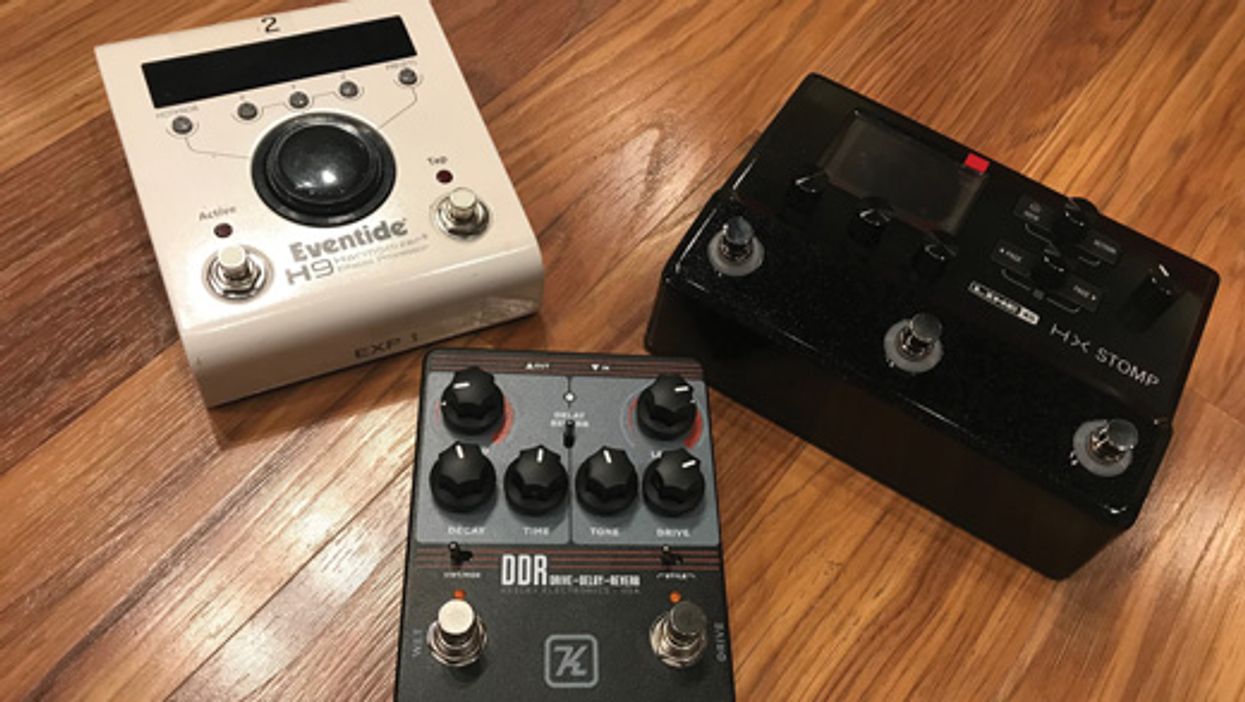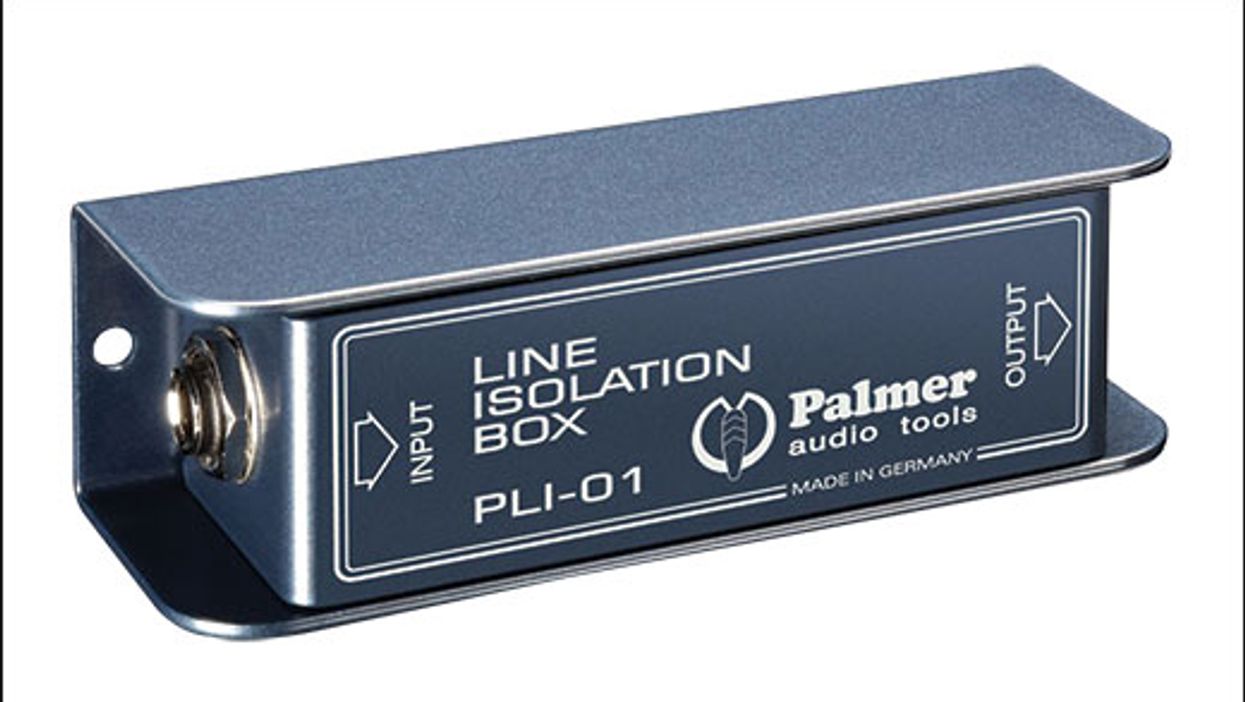Search
Latest Stories
Start your day right!
Get latest updates and insights delivered to your inbox.
Tone Tips
In our monthly Tone Tips blog, L.A.-based guitarist Peter Thorn shares his wealth of real-world knowledge by offering up useful gear and tone advice for both aspiring road dogs and studio cats.
Don’t Miss Out
Get the latest updates and insights delivered to your inbox.
Popular
Recent
load more

